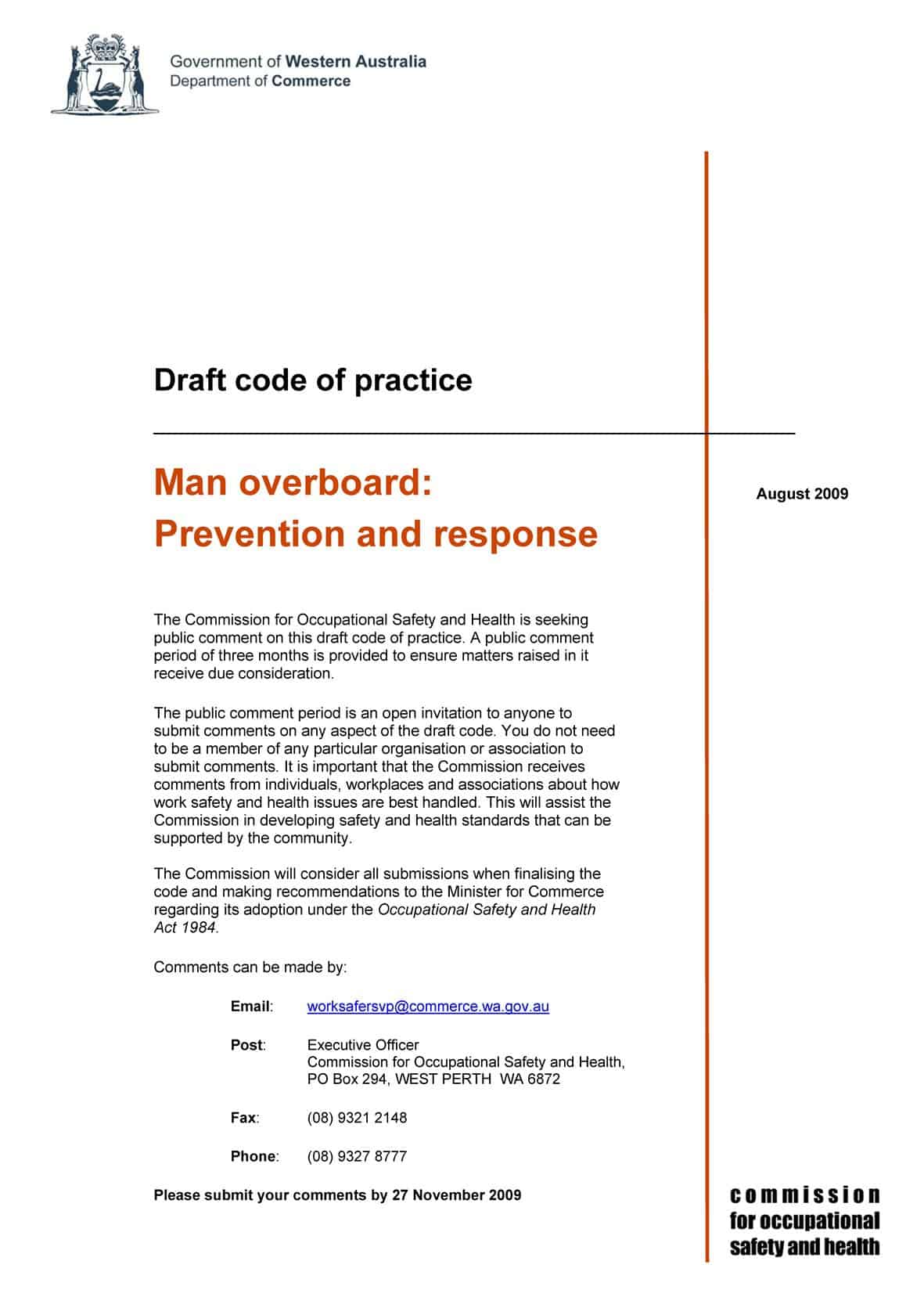Managing contract labour is almost always a pain. The extension of OHS obligations through the “supply chain” has not helped although it was intended to.
Companies have been expected to treat contractors as employees for the sake of OHS obligations. This was intended to generate a cultural change where a certain safety standard was extended through the links of project management. To some extent safety awareness in the small suppliers of services to large companies and projects has improved. But whether that safety awareness has changed to an active safety management or simply a belief that OHS is an unavoidable evil is debatable.
Regardless of the reality, the High Court of Australia recently provided some clarification on the duty of care of a principal contractor. According to a summary of the High Court decision, Australian law firm Allens Arthur Robinson report that
“The High Court’s decision means that a ‘principal contractor’ does not have a common law duty to train or supervise the employees of specialist subcontractors in the specifics of their work.”
The High Court acknowledged that this may not relate to the New South Wales legislative situation but it is an important decision for the harmonised future of Australian OHS Law.
What it also indicates is the length of time it can take for a legal concept to be clarified and, hopefully, defined. What does a company do in the meantime? This is important for businesses to consider as the OHS law moves into a new national regime where individual State jurisdictions are expected to provide clarity on the legislative vagaries of “reasonably practicable”. The government seems to be comfortable that the legal processes (cost and time) are worth the flexibility offered in OHS law. Some see flexibility, others may see confusion, complexity and the need to reeducate.


